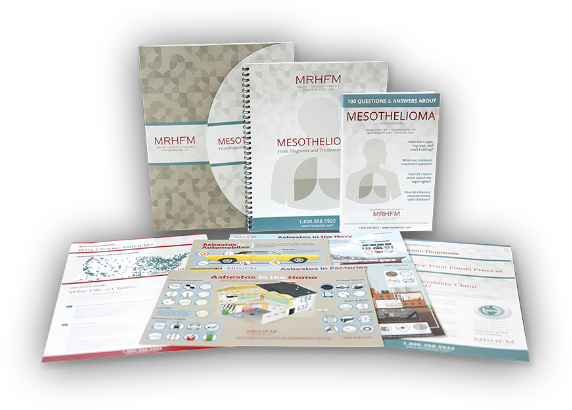Although there is no cure for mesothelioma, it can be treated. This is especially true if it is caught early. The most common types of treatment for the disease include surgery, radiation therapy, chemotherapy, and targeted therapy. Patients may require just one or two treatment types or a combination of them all. Though effective at killing more cancer cells, the downside to undergoing multiple treatments is more side effects. One effect is pain.
Fortunately, there are ways to help mesothelioma patients cope with the pain that comes with treatment and the disease itself. One approach is “palliative care.” Pronounced pal-lee-uh-tiv, this specialized care focuses on providing relief from the symptoms and stress of a serious illness. The goal is not to cure, but to improve quality of life for patients and their families.
Also called comfort care, supportive care, and symptom management, palliative care may include approaches such as nutrition or physical therapy, counseling, or complementary and alternative methods (CAM) such as massage, yoga, deep breathing, Reiki, aromatherapy, and acupuncture.
Acupuncture is a rather common form of palliative care/CAM that has been used in Chinese medicine for thousands of years to treat dozens of diseases. Though it is not used as a treatment for disease in the U.S., studies show that acupuncture may relieve some of the side effects associated with chemotherapy and surgery. A few include vomiting, nausea, and fatigue. Studies also show that acupuncture helps alleviate pain in general. In one notable study, pain sufferers were treated with either standard medical treatment or acupuncture. The study showed that those treated with acupuncture used less pain medicine and missed fewer workdays.
In traditional Chinese medicine, it is believed that acupuncture works by restoring health and balance to energy flow. The belief is that this restoration thwarts physical illness, addiction, and mental illness. In the West, however, practitioners believe that acupuncture stimulates endorphin production in the body. Endorphins are natural substances made by the body to relieve pain.
Also called acupuncture therapy, acupuncture involves the insertion of thin needles at specific locations in the body called “acupoints.” The needles are inserted just deep enough into the skin to keep them from falling out. The acupuncturist may apply heat or a weak electrical current, or twirl the needles to enhance the effects of the therapy. The needles are usually left in place for just a few minutes. When done by a licensed professional, acupuncture causes virtually no pain and it is generally considered safe.
In 1996, the FDA approved the use of acupuncture needles by licensed professionals. Today, there are more than 18,000 licensed acupuncturists in the U.S. Though more than 50% of licensed acupuncturists practice in California and New York, most states have established training standards for licensing the practice of acupuncture. Because acupuncture is a widely accepted approach for diseases such as mesothelioma, it is covered under many private health insurance plans and HMOs.
Sources
"CAM for Patients: Acupuncture." National Cancer Institute (NCI). U.S. Department of Health and Human Services (HHS) National Institutes of Health (NIH), 2017. Web. 17 May 2017.
Filshie, Jacqueline, and Carolyn Rubens. "Acupuncture in Palliative Care." Acupuncture in Medicine. British Medical Acupuncture Society, 01 Sept. 2011. Web. 17 May 2017.
"Frequently Asked Questions." Acufinder.com. Acufinder.com, 2017. Web. 17 May 2017.
"Malignant Mesothelioma Treatment." National Cancer Institute (NCI). U.S. Department of Health and Human Services (HHS) National Institutes of Health (NIH), 2017. Web. 17 May 2017.
"Palliative Care in Cancer." National Cancer Institute (NCI). U.S. Department of Health and Human Services (HHS) National Institutes of Health (NIH), 2017. Web. 17 May 2017.
Rosenthal, MD, David S. American Cancer Society Complete Guide to Complementary & Alternative Cancer Therapies. 2nd ed. Atlanta, GA: American Cancer Society, 2009. Print.
Rosenthal, MD, David S. American Cancer Society's Guide to Complementary and Alternative Cancer Methods. Atlanta, GA: American Cancer Society, 2000. Print.
"What Is Palliative Care?" GetPalliativeCare.org. Center to Advance Palliative Care, 09 Jan. 2017. Web. 17 May 2017.






